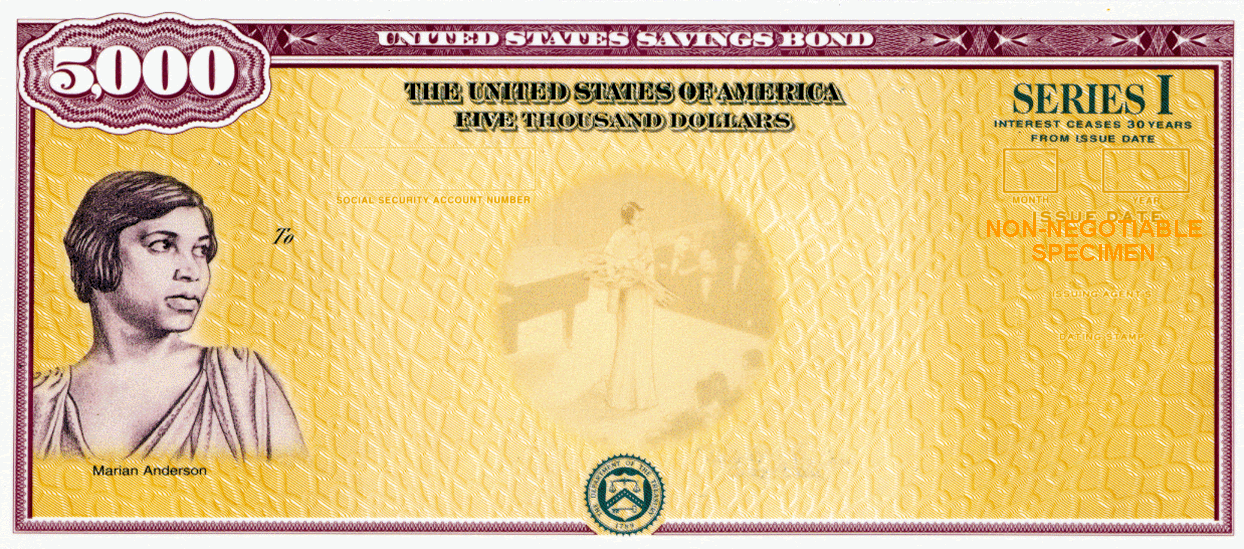When it comes to saving money that you don’t need for at least one year there is a terrific high-rate, low-risk savings option available to the typical household: U.S. I-Bonds.
To be sure, the correct response to the promised combination of high-rate and lowrisk is usually to run — fast.
Not in this case.
For one thing, the current rate on I-Bonds is a steep 7.12%. For another, I-Bonds are creditworthy since they are obligations of the U.S.Treasury. Finally, I-Bonds hedge against inflation measured by the Consumer Price Index (CPI). Your savings in I-Bonds will maintain its purchasing power over time. Everyone these days is getting a lesson in the value of inflation-protected investment.
I’ve written about I-Bonds recently. I’m revisiting the topic for two reasons.
First, to remind readers that if you receive a refund on your taxes, you have the option to buy up to $5,000 worth of paper I-Bonds with the refund.
The other factor is that the rate on I-Bonds will adjust in May. The CPI for March will be released on April 12, and that is the only data left to determine the inflation adjustment for the next sixmonth cycle.
Even if the March CPI comes in flat from February — highly unlikely — the next adjustment will be 6.86% already, notes Harry Sit of the Finance Buff blog. “So I think it’s almost certain the next adjustment will be at least 7%,” Sit wrote in an e-mail. “There’s a good chance it’ll be 8%-plus, and even 9%-plus is within the realm of possibilities.”
A quick primer: I-Bonds are purchased online from the U.S. Treasury at
treasurydirect.gov.
The calendar year limit is $10,000 (plus up to $5,000 in paper I-Bonds with your tax refund). No commission is charged.
Your money is tax-sheltered until the bonds are redeemed.
You will pay federal income taxes on the gain, but I-Bonds are free of state and local taxes.
You can cash in your I-Bond investments after holding them for 12 months.
If you sell them before the investment is five years old, you will lose the last three months of interest.
(Sit offers a detailed tutorial on his website that I recommend: “How to Buy I Bonds (Series I Savings Bonds): Soup to Nuts.”) I-Bonds are great for longterm savers. They also work well as part of your emergency-savings fund once you get past the 12-month holding period.
Chris Farrell is senior economics contributor to American Public Media’s “Marketplace” and a commentator for Minnesota Public Radio.



 RSS Feed
RSS Feed